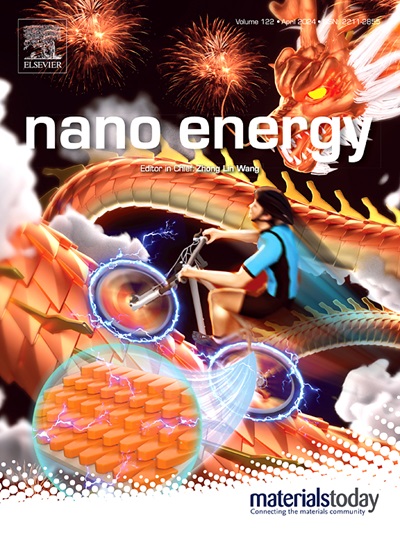Interfacial Lithium-Ion Transportation in Solid-State Batteries: Challenges and Prospects
IF 16.8
1区 材料科学
Q1 CHEMISTRY, PHYSICAL
引用次数: 0
Abstract
Solid-state lithium-ion batteries (SSBs) have gained widespread attention due to their enhanced safety and energy density over conventional liquid electrolyte systems. However, their practical application is hindered by significant polarization during cycling, primarily caused by increased interface impedance. To address the challenges of slow lithium-ion diffusion, optimizing interfacial kinetics has emerged as a key strategy to improve the electrochemical performance of SSBs. However, the mechanisms behind battery failure, especially interface polarization, are not fully understood and require further investigation. This review explores the origins of interfacial polarization, including poor contact, parasitic reactions, and space charge layers, supported by theoretical calculations, experimental data, and advanced characterizations. Then, the latest progress categorized as in-situ solidification, buffer layer, ionic liquid, solid-state electrolytes modification, artificial solid electrolyte interphases, coating layers, dielectric additives, and piezoelectric additives are summarized to elucidate the underlying mechanisms of Li⁺ transport across interfaces. Finally, the integration of mechanical behavior with outstanding interfacial engineering is emphasized as a key factor for advancing SSBs performance and stability, providing insights for the development of next-generation lithium-based batteries.

求助全文
约1分钟内获得全文
求助全文
来源期刊

Nano Energy
CHEMISTRY, PHYSICAL-NANOSCIENCE & NANOTECHNOLOGY
CiteScore
30.30
自引率
7.40%
发文量
1207
审稿时长
23 days
期刊介绍:
Nano Energy is a multidisciplinary, rapid-publication forum of original peer-reviewed contributions on the science and engineering of nanomaterials and nanodevices used in all forms of energy harvesting, conversion, storage, utilization and policy. Through its mixture of articles, reviews, communications, research news, and information on key developments, Nano Energy provides a comprehensive coverage of this exciting and dynamic field which joins nanoscience and nanotechnology with energy science. The journal is relevant to all those who are interested in nanomaterials solutions to the energy problem.
Nano Energy publishes original experimental and theoretical research on all aspects of energy-related research which utilizes nanomaterials and nanotechnology. Manuscripts of four types are considered: review articles which inform readers of the latest research and advances in energy science; rapid communications which feature exciting research breakthroughs in the field; full-length articles which report comprehensive research developments; and news and opinions which comment on topical issues or express views on the developments in related fields.
 求助内容:
求助内容: 应助结果提醒方式:
应助结果提醒方式:


